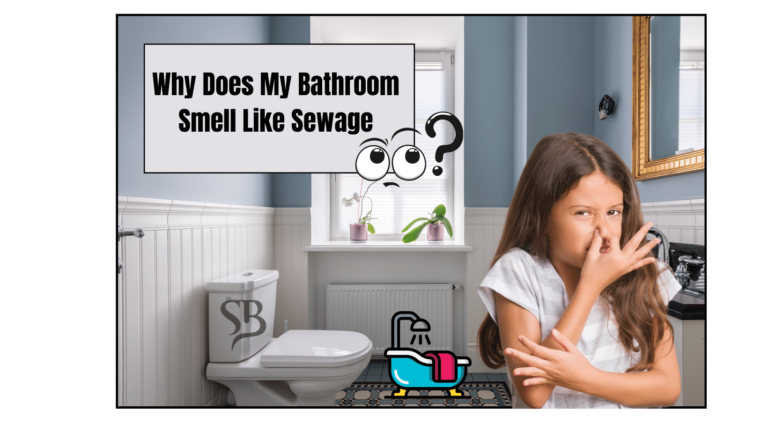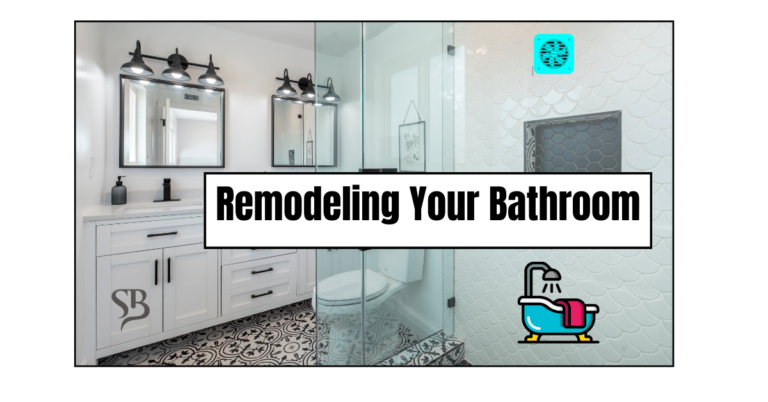“Facing a shower that won’t turn on? Discover effective solutions and troubleshooting tips in this comprehensive guide on ‘Shower Won’t Turn On? Here’s How to Solve It’.”
Imagine this scenario: you’ve had a long, exhausting day, and all you want is a soothing, revitalizing shower to wash away the stress. You step into your bathroom, turn the faucet or handle, and… nothing. Your shower won’t turn on, and frustration sets in. Don’t worry; you’re not alone in facing this issue.
When you find yourself in the frustrating situation where your shower refuses to turn on, it’s essential to remain calm and methodical in your approach.
The issue can be attributed to various factors, including water supply problems, electrical issues in the case of electric showers, valve or faucet malfunctions, or clogs and blockages within the plumbing system.
To resolve this, first, identify the type of shower you have and then proceed with targeted troubleshooting steps.
Check the water main valve, circuit breakers, and GFCI outlets, inspect valves and faucets, and clear any blockages or deposits from the showerhead. If DIY solutions fail, consider seeking professional help, especially for electrical or complex plumbing issues.
To prevent future problems, practice regular maintenance, keep user manuals handy, and stay informed about your home’s water supply and electrical systems.
With these steps, you’ll regain control over your shower and enjoy its refreshing benefits once again.
Identifying the Cause of the Problem
Understanding what’s causing your shower to act up is the first step in resolving the issue effectively. Let’s delve into the most common culprits:
1. Water Supply Issues
Water supply problems can be a leading cause of a non-responsive shower. Here’s what to look out for:
- Closed Water Main Valve: Check if the water main valve in your home is fully open. If it’s partially or fully closed, it will restrict water flow to your shower.
- Low Water Pressure: Inadequate water pressure can also affect your shower’s functionality. Test other faucets in your home; if they’re experiencing low pressure as well, there may be a broader water supply issue that requires the attention of a professional plumber.
Also Read: How To Get Rid Of The Urine Smell In The Bathroom?
2. Electrical Problems (For Electric Showers)
If you have an electric shower, electrical issues can be a prime suspect. Here’s how to diagnose and address them:
- Tripped Circuit Breakers: Electric showers are typically connected to dedicated circuit breakers. Examine your electrical panel for any tripped breakers and reset them if necessary.
- Malfunctioning GFCI Outlets: Electric showers are often linked to Ground Fault Circuit Interrupter (GFCI) outlets. Ensure that the GFCI outlet associated with your shower hasn’t tripped. If it has, reset it to restore power.
3. Valve or Faucet Problems
For mixer and thermostatic showers, valve and faucet issues can be the root of the problem. Here’s what to consider:
- Valve Types: Mixer and thermostatic showers have different types of valves. Understanding your shower’s valve type is crucial for diagnosing and addressing issues. Familiarize yourself with your shower’s user manual to identify the valve type.
- Replacing or Repairing Faulty Valves: If you suspect that the shower’s valve is malfunctioning, you may need to replace or repair it. Consult your shower’s user manual for guidance, or consider hiring a professional plumber for this task.
Also Read: Why Does My Bathroom Sink Smell When I Run Water?
4. Clogs or Blockages
Over time, mineral deposits and debris can accumulate in your showerhead or plumbing, obstructing water flow. To address this:
- Removing Mineral Deposits: Mineral deposits from hard water can accumulate in your showerhead, affecting water flow. To remove these deposits, remove the showerhead, soak it in vinegar for a few hours, scrub it clean, and then reattach it.
- Clearing Debris from Showerheads: Debris such as sediment or rust can also obstruct water flow. Remove the showerhead, flush it with water to dislodge any debris, and then reattach it.
- Flushing Pipes to Remove Blockages: If you suspect blockages within your plumbing, you may need to flush the pipes. This can be a more complex task and may require the assistance of a professional plumber.
Calling a Professional
While many shower issues can be resolved through DIY troubleshooting and fixes, there may come a point when it’s best to call in a professional. Here are some scenarios in which seeking professional help is advisable:
- DIY Solutions Failed: If you’ve tried all the DIY solutions and your shower still won’t turn on, it’s time to bring in an expert.
- Electrical Issues: When dealing with electrical issues, especially if you lack experience in electrical work, it’s safer to call a certified electrician.
- Extensive Plumbing or Component Replacement: If the problem involves extensive plumbing work or requires replacing shower components, a professional plumber is your best bet. These tasks can be complex and may necessitate specialized tools and expertise.
- Warranty Considerations: If your shower is still under warranty, it’s often wise to contact the manufacturer or an authorized service provider. Attempting DIY repairs may void your warranty.
When seeking professional assistance, make sure to find a qualified plumber or electrician who specializes in the type of shower you have. They can diagnose the issue accurately and provide appropriate solutions.
Preventing Future Issues
Prevention is key when it comes to maintaining your shower’s functionality. Here are proactive steps to help you avoid future shower-related problems:
A. Regular Maintenance Tips
Keep Showerheads and Faucets Clean: Regularly clean your showerheads and faucets to prevent mineral buildup. This simple maintenance task can ensure consistent water flow and temperature.
Inspect Electrical Connections (For Electric Showers): If you have an electric shower, periodically inspect the electrical connections for signs of wear or corrosion. Address any issues promptly to maintain safety and functionality.
B. Keeping User Manuals and Documentation
Store User Manuals: Keep user manuals for your shower and related components in a safe and easily accessible place. These manuals often contain valuable troubleshooting information and maintenance guidelines.
C. Staying Informed About Your Home’s Water Supply and Electrical Systems
Know Your Water Supply: Stay informed about your home’s water supply, including the location of water main valves and pressure regulators. Understanding these components can help you respond effectively to water supply issues.
Understand Your Electrical System: If you have an electric shower, familiarize yourself with your home’s electrical system, including the locations of circuit breakers and GFCI outlets. This knowledge can be invaluable in troubleshooting electrical problems.
Also Read: What Does WC Stand For Bathroom?
Conclusion
Facing a shower that won’t turn on can be a vexing experience, but with the knowledge and troubleshooting steps outlined in this guide, you’re well-equipped to tackle the issue.
Remember to identify the possible cause of the problem, troubleshoot accordingly, and seek professional help when needed. By taking proactive measures to prevent future issues and staying informed about your home’s systems, you can ensure that your showers are always a source of relaxation and refreshment, rather than a source of stress.







